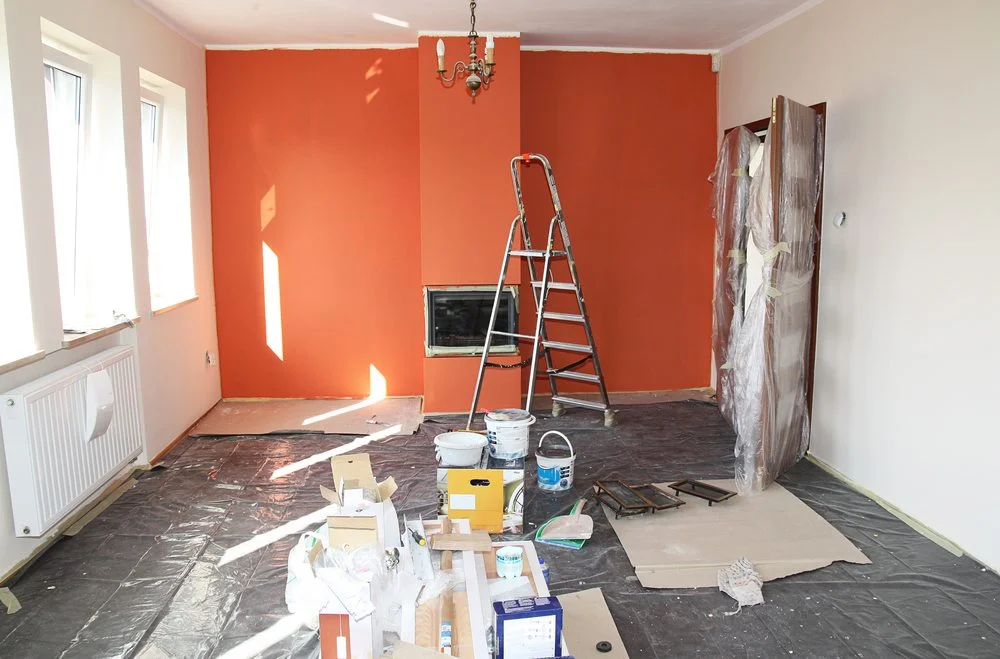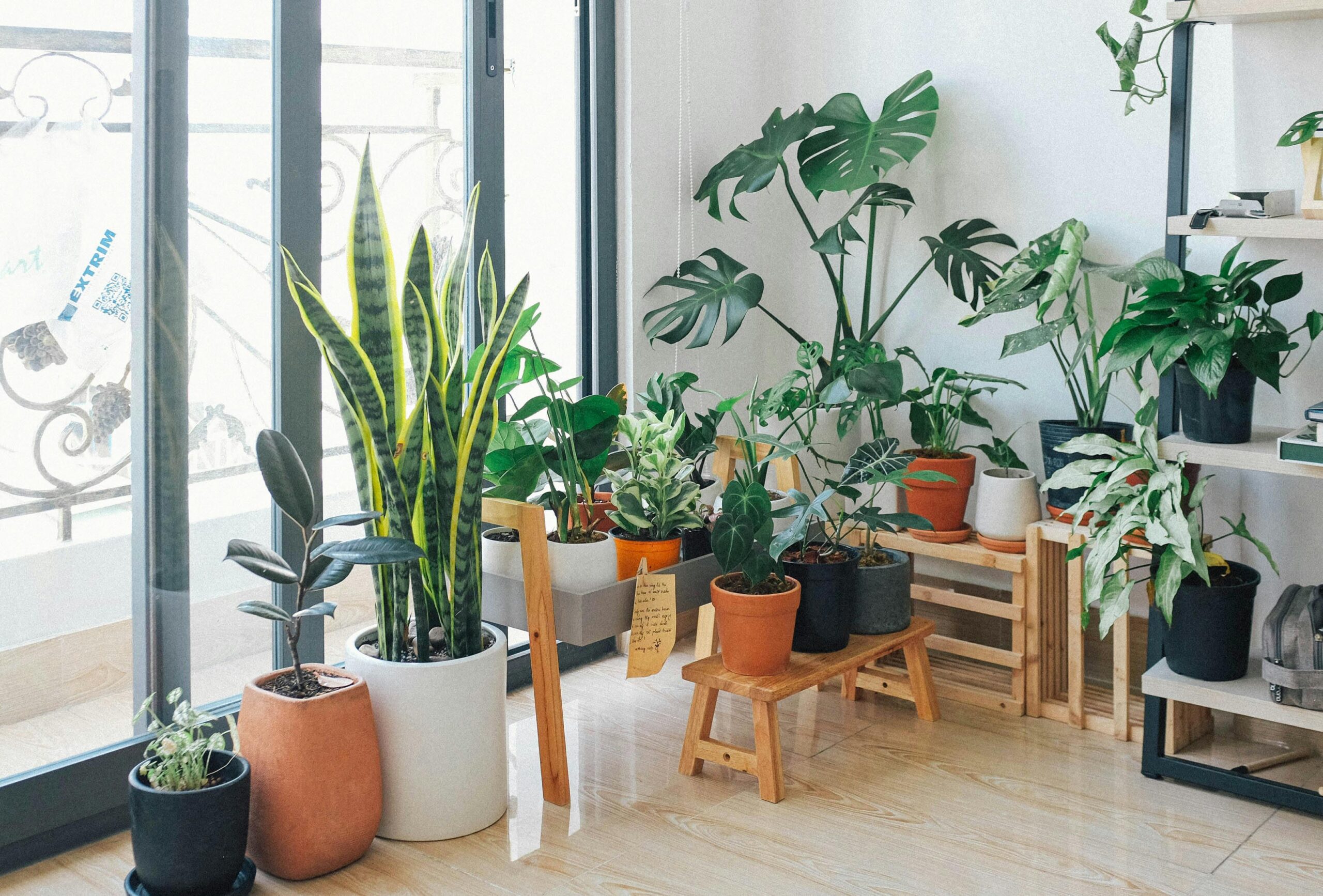Home is where the heart is, and what better way to express your personality and style than through the colors adorning your living space? Residential painting isn’t just about applying a fresh coat of paint; it’s about transforming your home into a masterpiece that reflects your unique taste. From choosing the right colors to mastering painting techniques, this article will guide you through the exciting journey of residential painting.
Selecting the Perfect Color Palette
The right color palette of residential painting in melbourne can elevate your home’s aesthetics. Consider factors such as lighting, room size, and existing décor when choosing colors. Earthy tones create warmth, while cool shades provide a tranquil atmosphere. Experiment with sample swatches to find the ideal palette for each room.
Prepping the Canvas: Surface Preparation
A smooth canvas is crucial for flawless results. Clean surfaces, fill cracks, and sand rough spots before painting. Proper preparation ensures paint adheres well, resulting in a longer-lasting finish.
Choosing the Right Type of Paint
Different surfaces require different paints. Acrylic latex paint is versatile and easy to clean, making it ideal for interior walls. Oil-based paints offer durability and are great for trim and cabinets. Choose the paint type that suits your project’s needs.
Tools of the Trade: Essential Painting Equipment
Having the right tools simplifies the painting process. Stock up on essentials like brushes, rollers, painter’s tape, drop cloths, and paint trays. Quality tools make a noticeable difference in the final outcome.
Painting Techniques for Flawless Results
Mastering painting techniques is essential for professional-looking results. Rolling and brushing are versatile methods, while cutting in creates clean lines. Spray painting is ideal for large surfaces. Practice these techniques for a polished finish.
Accent Walls: Making a Statement
An accent wall can breathe life into a room. Choose a bold color or a unique texture for one wall to create a focal point. This technique adds visual interest without overwhelming the space.
Texture Play: Adding Depth to Walls
Texture adds character to walls. Techniques like stippling, ragging, and sponging create dimension and intrigue. Experiment with textures to give your rooms a distinct personality.
Trim and Door Revival: A Subtle Touch
Don’t overlook trim and doors when painting. Crisp white trim against colored walls creates a timeless contrast. Pay attention to details, and your home will exude sophistication.
Revamp Your Cabinets with Paint
Replacing cabinets can be costly. Instead, paint them for a fresh look. Sand, prime, and paint your cabinets to transform your kitchen or bathroom without breaking the bank.
Exterior Elegance: Painting Your Home’s Façade
Curb appeal matters. Refresh your home’s exterior with a new coat of paint. Choose colors that harmonise with your surroundings while showcasing your personal style.
Deck and Fence Refinement
Outdoor spaces deserve attention too. Protect and beautify your deck and fence with weather-resistant paint. This not only enhances their appearance but also prolongs their lifespan.
Caring for Your Newly Painted Surfaces
Maintain your painted surfaces to ensure their longevity. Clean gently with mild soap and water to prevent chipping and fading. Regular upkeep keeps your home looking vibrant.
DIY vs. Professional Painting: Pros and Cons
Deciding between a DIY project and hiring professionals depends on various factors. While DIY painting is cost-effective and allows creative control, professionals bring expertise and save time. Consider your skills and the scale of the project before making a choice.
Conclusion
Residential painting is more than just a chore; it’s a creative endeavor that adds value and personality to your home. By selecting the right colors, mastering painting techniques, and paying attention to details, you can transform your living space into a stunning work of art.



